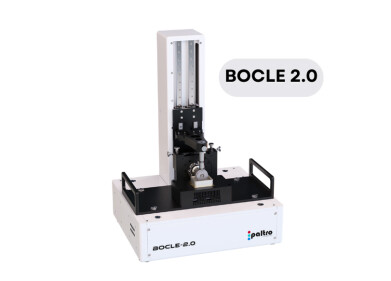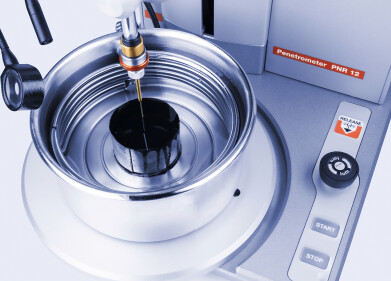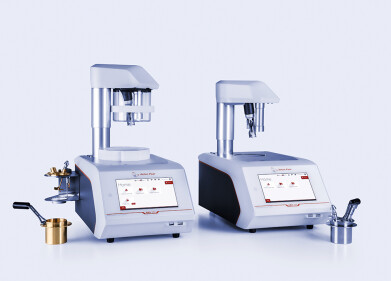-
 LAR's QuickTOCultra reliably determines the TRUE TOC
LAR's QuickTOCultra reliably determines the TRUE TOC
Measurement and testing
TRUE TOC or Some Organic Carbon? Do you know the difference?
Mar 01 2013
Common methods like thermal-catalytic oxidations or wet chemical oxidations cannot ensure the complete oxidation of the raw sample. Their oxidation potential is too low and requires the use of catalysts to improve it. However, catalysts may change and become inactive resulting in analytical inaccuracy. It is proved, however, that complex carbon compounds require a temperature of at least 1,150°C to be cracked. Furthermore, even if the oxidation potential would be high enough, the analysers' process operation often requires sample pre-treatments such as dilution or filtration in order to prevent any blockages and clogging of the reactor and tubes. However, this ends up in analytical inaccuracy making the results disputable. Additionally, due to the measurement method used which often is the so called TOC-direct-method the volatile and purgeable organic carbon (VOC, POC) escape when stripping out the total inorganic carbon (TIC) in the first step. This method is also called the NPOC-method (Non Purgeable Organic Carbon) as it is only suitable for applications with negligibly low or no VOC and POC. One or another, this method cannot determine the total organic carbon. TRUE TOC, however, describes the total amount of particulate, purgeable, and dissolved organic carbons (DOC) present in water. Being the specialist for online TOC measurements, LAR knows the difference between some organic carbon and the true TOC of the sample. Firstly, the LAR Ultra High Temperature Oxidation at 1,200°C guarantees complete oxidation of all carbon compounds. Secondly, we do not pre-treat the sample. Within the sealed process operation it is injected directly into the inert reactor including particulates, DOC, VOC, and POC. Using the TOC-by-difference method, where in the first step the total carbon (TC) is measured and afterwards the TIC is stripped out, we ensure for the second time that the result shows the TRUE TOC of the sample.
These differences between LAR analysers and common methods are significant for the reliable monitoring of TOC and bring huge advantages for the operators. In many industries all over the world LAR online TOC analysers monitor accurately all kinds of water: from the most complex process and waste water through steam condensate and boiler feed water to ultra pure water for pharmaceuticals (HPW, WFI). With LAR online analysers, operators reliably detect any product spills and optimise their process control.
Digital Edition
PIN 25.6 Buyers' Guide
January 2025
Buyers' Guide Directory - Product Listings by Category - Suppliers Listings (A-Z) Articles Analytical Instrumentation - ASTM D7042: The Quantum Leap in Viscosity Testing Technology -...
View all digital editions
Events
Jan 25 2025 San Diego, CA, USA
SPE Hydraulic Fracturing Technology Conference and Exhibition
Feb 04 2025 The Woodlands, TX, USA
Feb 05 2025 Guangzhou, China
Trinidad and Tobago Energy Conference 2025
Feb 10 2025 Point Lisas, Trinidad
Feb 11 2025 Lagos, Nigeria


















